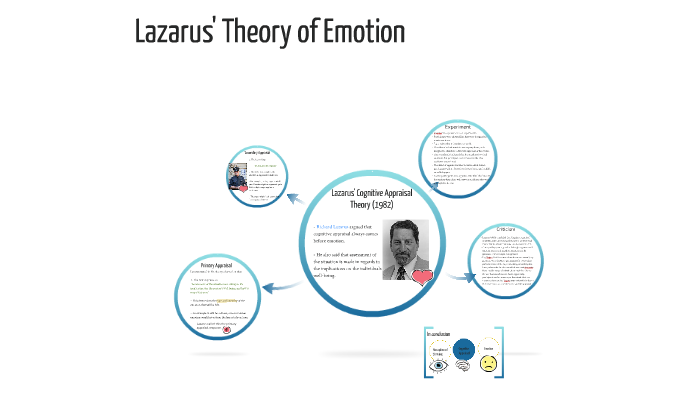
The James-Lange theory is one of the best-known examples of a physiological theory of emotion. The theory is that emotional feelings result when individuals become aware of a physiological response to an emotion-provoking stimulus. For example, terror is a more intense form of the primary emotion of fear.

They think that all other emotions result from blends and different intensities of these primary emotions. Evolutionary theorists believe that all human cultures share several primary emotions, including happiness, contempt, surprise, disgust, anger, fear, and sadness. Evolutionary theorists tend to downplay the influence of thought and learning on emotion, although they acknowledge that both can affect. Recent evolutionary theories also consider emotions to be innate responses to stimuli. Read: Emotion and Autonomic Nervous System: Sympathetic and Parasympathetic Read: Physical Changes during Emotion (External & Internal) By interpreting the emotional displays of other people and animals correctly, you can respond accurately and avoid danger. If you encounter a hissing, spitting, and clawing animal, chances are you will quickly realize that the animal is frightened or defensive and leave it alone. Understanding the emotions of other people and animals also plays a crucial role in safety and survival. Emotions motivate people to respond quickly to stimuli in the environment, which helps improve the chances of success and survival. Feelings of fear compel people to either fight or flee the source of danger.Īccording to the evolutionary theory of emotion, our emotions exist because they serve an adaptive role. Feelings of love and affection lead people to seek mates and produce. Naturalist Charles Darwin proposed that emotions evolved because they were adaptive and allowed humans and animals to survive and reproduce.

He pointed out that facial expressions allow people to quickly judge someone's hostility or friendliness and to communicate intentions to others.


 0 kommentar(er)
0 kommentar(er)
